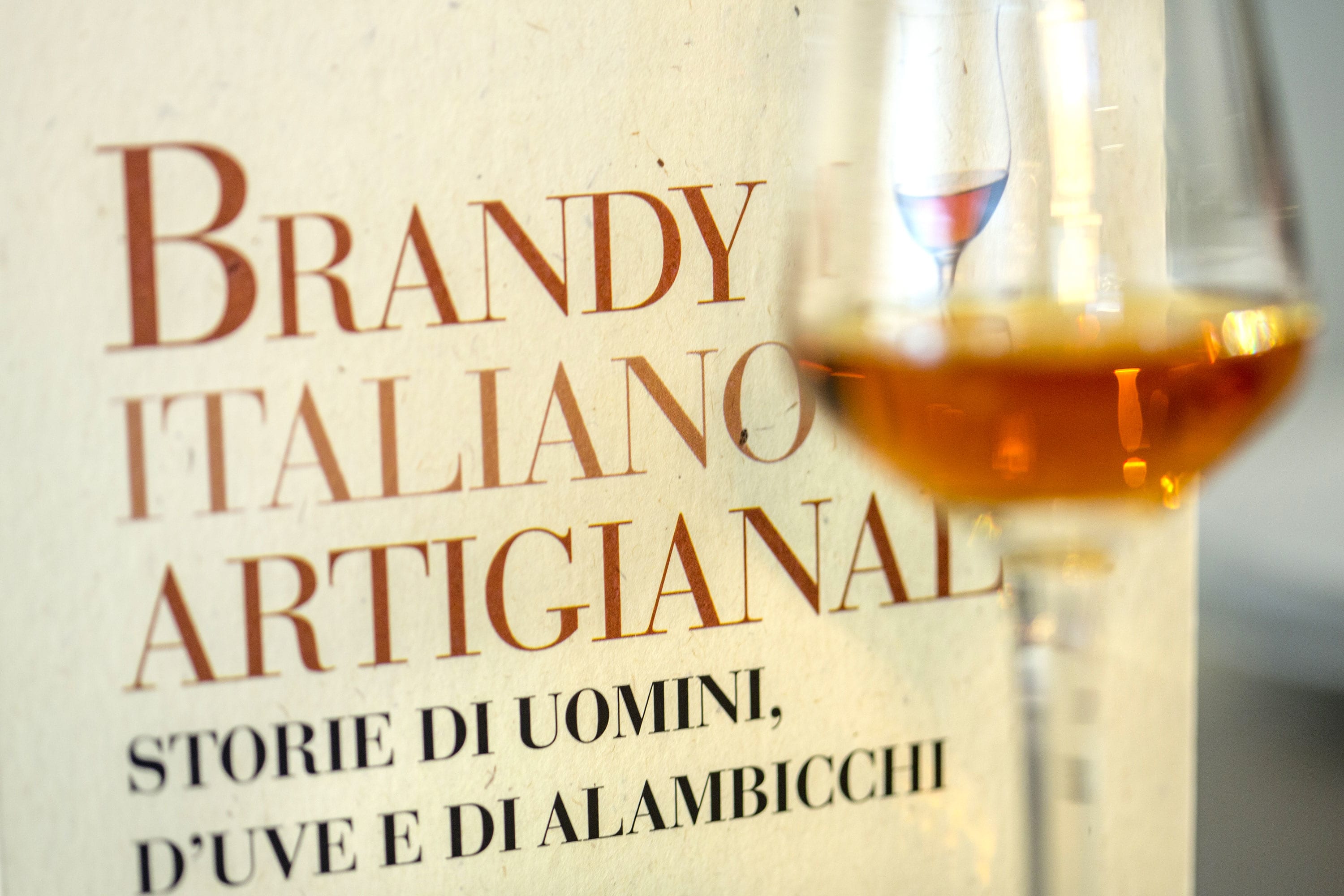Two twentysomethings and a start up: this is how they bring the pasta of the best artisanal pasta factories to Italy and the world
Every region, every city and every country in Italy has its own typical product from bread to cheese, and even pasta is no exception. There are many artisan pasta factories that try to maintain their pasta traditions and uniqueness by working every day with passion and pride. Their activities are not only intended to produce good pasta, but also to maintain and preserve nature with good agricultural practice, respecting growth times, human work and keeping activities in small countries alive.
Ancient grains, forgotten or unusual formats, family pasta factories who work their own grain and have decided to stay out of the rules of large-scale distribution, and that make a unique product (just taste it once to feel the difference). Italian quality pasta is scarce, difficult to find and often confined to a niche market that is difficult to reach. This is why Giovanni and Vittorio, twenty years old, the creators of Finestpasta.com they invented an online platform that combines excellent product quality, large selection and wide distribution coverage. «As good Italians we have grown with some fixed points. One of these is food or, better, good food, and we decided to create Finestpasta.com with the aim of offering the better than Italian pasta, far from large retailers and standardized flavors, to support small producers, the artisans of Italian pasta, a part of Italy that defends the true essence of being Italian every day ".
They travel all over Italy in search of the pasta with the best characteristics, select only the pasta of the producers who respect the traditions and production standards and agree directly with the producer to guarantee the product not only in Italy, but also throughout Europe in 24 / 48h working, and all over the world. Without the minimum order or the long purchase procedures required by manufacturers, on their platform you can easily order by phone, PC or tablet in a few simple clicks. Wherever you are.

From Lombardy to Sardinia
From Lombardy there are the traditional formats or the Valtellinesi Conchiglie di Pasta Negri, based in Chiuro, in the heart of the Valtellinesi mountains made with the same buckwheat dough as the pizzoccheri; the gluten-free artisan pasta from the Maidea pasta factory in Abruzzo; the range of the Mancini Agricultural Pasta Factory, which directly grows its wheat in the countryside of Monte San Pietrangeli, near Macerata, in a wise and aware way and with respect for the environment. You can discover the true taste of fregola thanks to the Pastificio dei Profeti, 20 km from Cagliari, which works according to fair trade values, respecting the environment and respecting workers' rights and which devotes part of the profits to humanitarian projects and social. And then the busiate of Feudo Mondello, made with stone ground spelled, dried at low temperatures, to allow this traditional Sicilian pasta to maintain the scent and unique color of Sicilian wheat
Pasta should be tasted: here's how
We are too accustomed to performing gestures automatically, few still dwell on daily gestures and appreciate their aspects. For this reason Vittorio and Giovanni advise to carry out a few simple steps in order to fully enjoy a product that has cost time and effort.
Open the package, smell and you will immediately feel an unmistakable smell of wheat.
Even during cooking you will be able to smell the scents emanating from the steam, some formats also, produced with certain grains, slightly color the water.
For optimal tasting, respect the cooking time written on the package.
Each product is unique and has a characteristic aroma and flavor given by the type of wheat and the geographical origin. Try the different formats to discover and savor the Italian tradition


 In the shade of grappa
In the shade of grappa